What are methods for teaching reading in Vietnamese language for primary school students?
What are methods for teaching reading in Vietnamese language for primary school students?
According to Subsection 3, Section 6 of the General Education Curriculum for Literature, issued in conjunction with Circular 32/2018/TT-BGDDT, regulations on reading instruction methods for primary students in Vietnamese are as follows:
(1) General Text Comprehension Instruction:
Require students to read the entire text directly, paying attention to the formal elements of the text to get an overall impression and summarize the main content of the text;
Organize for students to search for, discover, analyze, and infer the meanings of information, messages, viewpoints, attitudes, ideologies, emotions, etc., embedded in the text; guide students to relate, compare texts, connect the text with historical, cultural, and social contexts, connect the text with students' personal experiences, etc., to deeply understand the text's value, know how to apply, transform those values into personal beliefs and behaviors in daily life.
(2) Literary Text Comprehension Instruction: A literary text is also a type of text, so comprehending literary texts also needs to follow the general text comprehension methods.
However, literary texts have their unique characteristics, so teachers organize for students to explore and decode literary texts according to a process that suits the characteristics of artistic texts.
Students need to be guided and practice reading literary works from recognizing verbal texts to exploring the world of artistic imagery and finding, summarizing meaningful content; skills in searching, interpreting the relationship between the "whole" and the "particular" details of the text, discovering the coherence, unity in content, and completeness in form of literary works.
The reading instruction method should focus on activating positive, creative reading in the reader.
Guide and encourage students to actively, confidently, and bring into play the role of "co-creator" in accepting works; be enthusiastic about participating in meaning construction for the text; know how to compare, contrast, and relate extensively, mobilize personal knowledge, use personal life experiences to comprehend, experience literature, discover ethical values, cultural and philosophical values, from there know how to apply and transform them into life values.
When teaching reading comprehension, teachers should help students to self-discover messages and meanings, contributing to filling the "gaps" in the text. Teachers may give hints but should not let their analysis and commentary replace student thinking; avoid rote memorization and mechanical memorization.
Use a variety of questions at different levels to conduct differentiated teaching and guide students in text comprehension, forming reading skills.
Depending on the students at different learning levels and the genre of the literary text, apply suitable methods, techniques, and forms of reading comprehension instruction such as:
Expressive reading, role reading, storytelling, acting out to resolve a situation, dramatization, using questions, guiding note-taking during reading with recording sheets, study sheets, reading journals, organizing discussions about texts, adapting literary works from one genre to another, drawing, making films, experiencing situations that characters went through, etc.
Other teaching methods such as Socratic questioning, responsive questioning, lecturing, problem-posing, etc., should also be appropriately applied to develop students' abilities.
>> View the General Education Curriculum for Vietnamese language issued in conjunction with Circular 32/2018/TT-BGDDT:
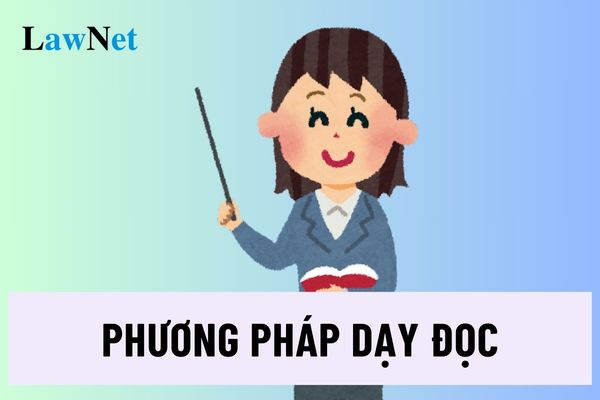
What are methods for teaching reading in Vietnamese language for primary school students? (Image from Internet)
What are the language competencies of primary students when learning Vietnamese?
According to Section 4 of the General Education Curriculum for Literature, issued in conjunction with Circular 32/2018/TT-BGDDT, the language competencies required in the Vietnamese curriculum for primary students are as follows:
Reading accurately, fluently, and expressively; understanding the main content of the text, mainly explicit content; initial understanding of implicit content such as the theme, lessons drawn from the reading text.
In primary school, reading requirements include both reading techniques and comprehension skills.
For students in the lower grades (Grade 1, Grade 2), emphasis is placed on reading accurately at an appropriate speed and comprehending simple content of the text.
For students in Grade 3, Grade 4, and Grade 5, more emphasis is placed on comprehending specific content, understanding themes, and lessons drawn from the text.
From Grade 1 to Grade 3, writing should be accurate in spelling, vocabulary, grammar; students should be able to write a few sentences, short paragraphs; in Grade 4 and Grade 5, students should be able to write a short, complete essay, mainly narrative, descriptive, and simple introductions.
Writing narratives of stories read, witnessed events, experienced, imagined stories; describing familiar objects and phenomena; introducing objects and activities close to students' lives.
Writing paragraphs expressing the feelings and thoughts of students when reading a story, a poem, witnessing an event that evokes many emotions; giving opinions on a simple issue in learning and life; writing various types of texts such as: self-biographies, messages, invitations, schedules, letters, etc.; initially knowing how to write following a process; the writing should include three parts (introduction, body, conclusion).
Presenting ideas and emotions clearly; initially knowing how to use appropriate gestures and expressions when speaking; retelling stories read, heard in a clear manner; knowing how to share, exchange their feelings, attitudes, and thoughts on discussed issues; knowing how to explain an object or a simple process.
Listening with an appropriate attitude, understanding the basic content; recognizing the speaker's emotions; knowing how to respond to what they have heard.
What are the specific objectives of the Vietnamese Language Curriculum for primary students?
According to Section 3 of the General Education Curriculum for Literature, issued in conjunction with Circular 32/2018/TT-BGDDT, the specific objectives of the Vietnamese language curriculum for primary education are as follows:
- Helping students to form and develop core qualities with specific manifestations: loving nature, family, and homeland; being conscious of their roots; having a love for beauty and goodness, and having healthy emotions; being interested in learning, having a desire for labor; being honest and straightforward in learning and life; being conscious of fulfilling responsibilities towards themselves, their family, society, and the surrounding environment.
- Helping students to initially form general competencies, developing language skills in all skills of reading, writing, speaking, and listening at a basic level: reading accurately, fluently; understanding the main content and information of the text; relating and comparing beyond the text; writing accurately in spelling and grammar; writing several sentences, paragraphs, short essays (mainly narrative and descriptive); speaking clearly; understanding the speaker's opinions.
Developing literary competencies with requirements to distinguish poetry from prose, knowing how to read poetry and stories; recognizing the beauty of artistic language; having imagination, understanding, and being moved by the beauty and goodness of humans and the surrounding world as expressed in literary texts.
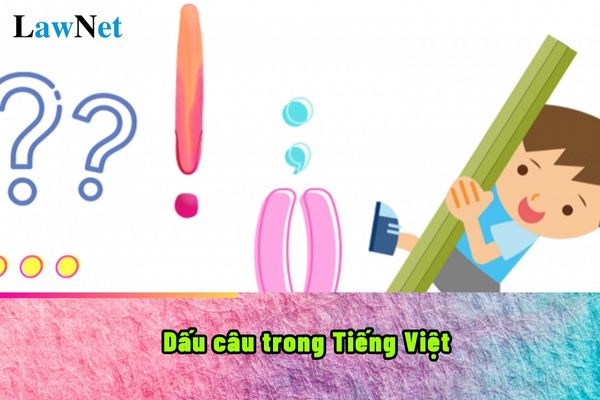
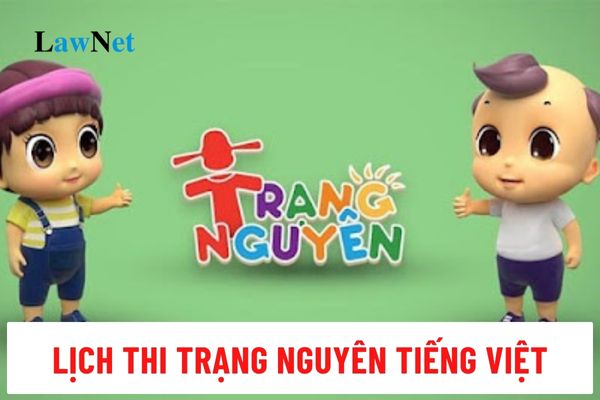
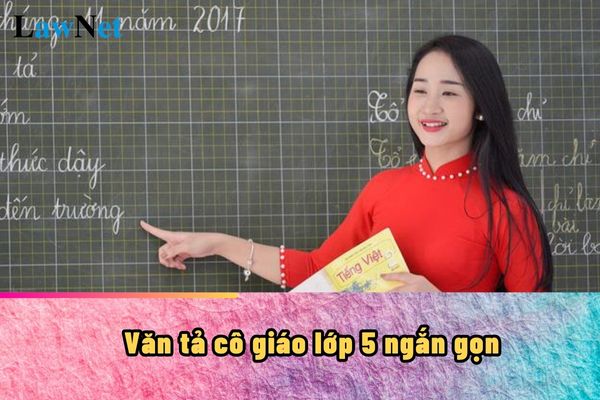
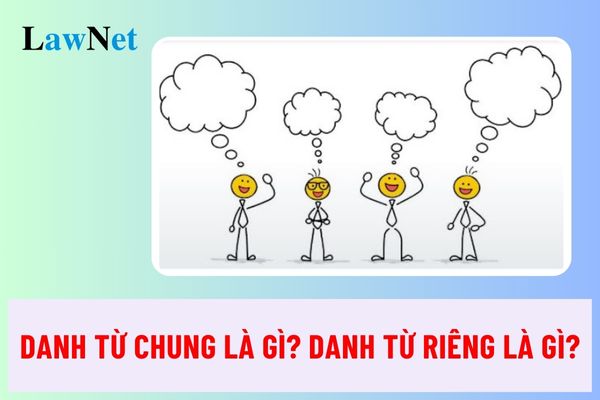
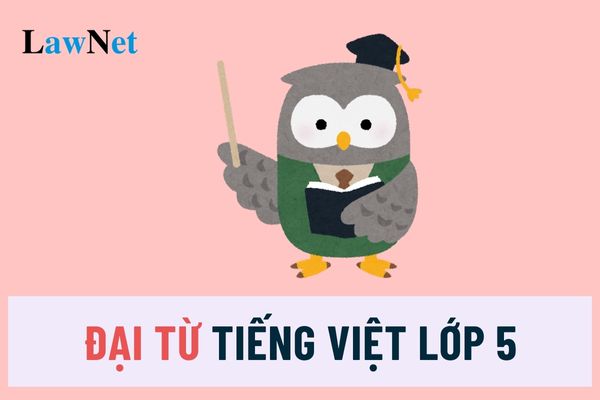
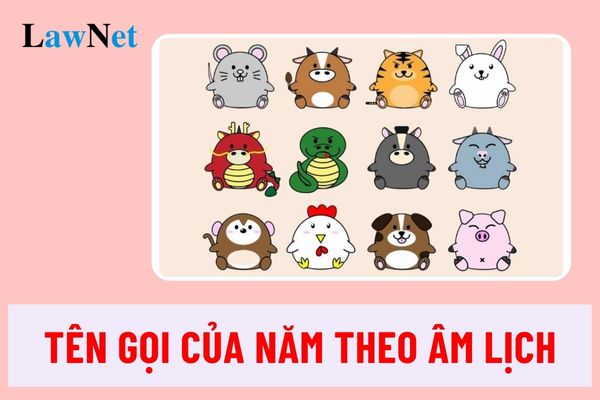
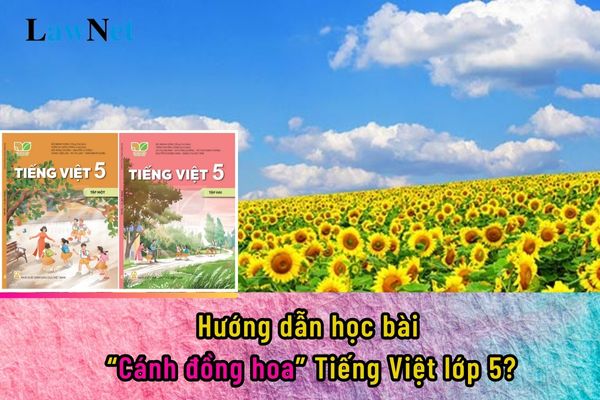
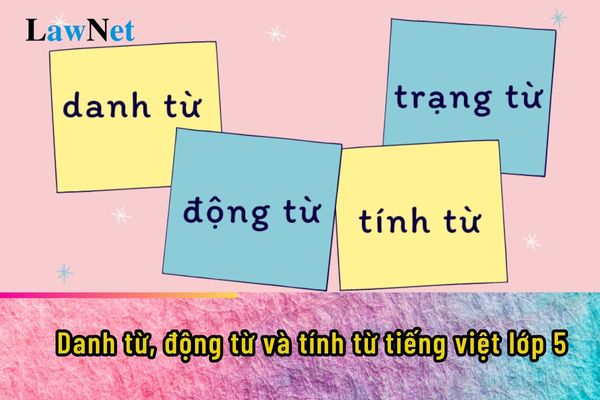
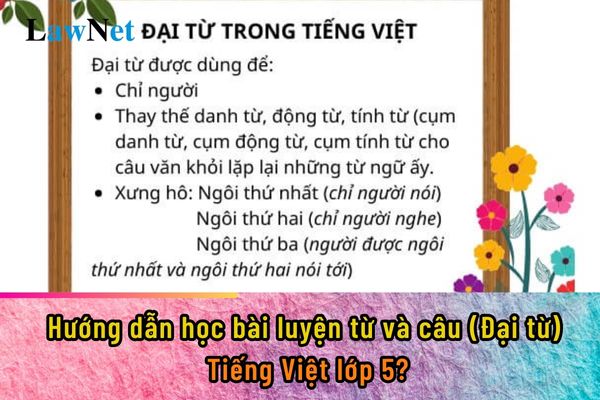
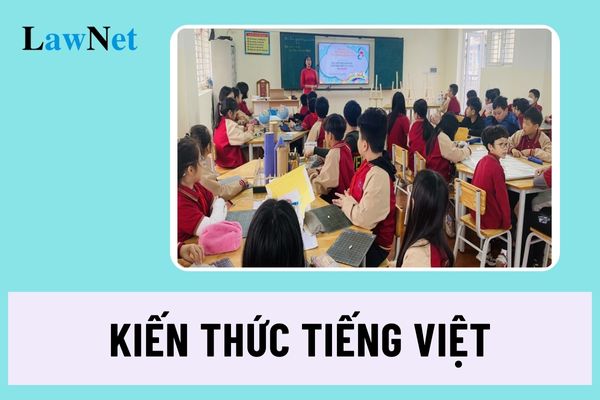
- What is the law on light reflection? What are details of the law on light reflection?
- What is the schedule of the AFF Cup 2024 (ASEAN Cup)? What are activities for physical education and sports in vocational education institutions in Vietnam?
- What is the schedule for the AFF Cup 2024 matches of the Vietnam National Team? Are students who are athletes in Vietnam eligible for a special exemption from high school graduation requirements?
- Vietnam: What are the guidelines for analysis of the poem "Tiến sĩ giấy"? What is the regulatory age of students entering lower secondary education?
- What is the location of Vietnam International Defense Exhibition 2024? Are students of all educational levels granted leave to visit the Vietnam International Defense Exhibition?
- What is the formula for calculating population density in Vietnam? What is the population density?
- Vietnam: What is the sample parent-teacher conference scenario at the end of the first semester of primary education? What are the regulations on the organization of parent committees?
- Vietnam: What is the sample outline for an essay on the analysis of the excerpt "The Last Leaf"? What are the assessment levels for learning results in the school year of 8th-grade students?
- What is the unit of power? When do students in Vietnam study the unit of power?
- What is the guidance for children to tell the story "Chuyện bốn mùa"? What is the age of students entering 2nd grade in Vietnam?

